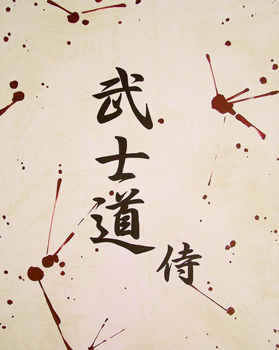Product Description
Robert Schellin American Studio Pottery Hand Thrown Floor Vase 1958


ROBERT SCHELLIN (1910 – 1985) USA
“Calligraphy” Floor Vase 1958
Hand thrown earthenware with a light and dark brown glaze with a stylized abstract calligraphic motif encircling the body
Marks: various marks and estate stamps Robert Schellin, Made in 1958, P88, C118 (paper labels)
For more information see: Schellin, A Retrospective (Milwaukee: School of Fine Arts, The University of Wisconsin, 1975); Who Was Who in American Art, (Madison, Conn.: Sound View Press, 1985), p. 547.
H: 23 1/2″ x Dia: 7″
Price: $9,000
Robert Schellin’s life as an artist was consistent, productive, and based on firm philosophical foundations. Regarding his own progress, he had always been aware, as a young art student and later as a mature artist, that deliberately narrowing the focus of his interests to assure a more constant public notice would run the risk of his becoming highly expert, but sterile in expression. From the beginning of art student days Schellin moved from very satisfying periods of drawing and painting to work in three-dimensional
Media, frequently in the medium of ceramics.
Schellin left the W.P.A. in 1937 to teach at the University of Wisconsin in Milwaukee. After a year he moved to East Orange, New Jersey, supervising art in the public schools. It was during this stay in the New York metropolitan area that he studied with Hans Hoffmann at his Eighth Street School and witnessed at first hand the changing art scene and the growing commercialism of the artists market. Robert Schellin later returned back to Milwaukee rejoining the faculty of the University of Wisconsin (UWM). His works have been exhibited for many years in Wisconsin and national shows including the Wisconsin State Fair; the Art Institute of Chicago, 1944; the Walker Art Center, Minneapolis, 1946; and the Milwaukee Art Institute numerous times between 1939-1960. He was included in the USIA European Traveling exhibition 1959-61.
Robert Schellin American Studio Pottery Hand Thrown Floor Vase 1958
HAROLD CHRISTOPHER DAVIES (1891 – 1976) USA
Pacific seascape c.1915
Oil on canvas
Marks: HHG #4010, Hoover Gallery, 1681 Folson Street, San Francisco, CA 94103 (on wooden stretcher), the estate mark of the Harold Christopher Davies estate is on the reverse of the canvas
Exhibited: Hoover Gallery, San Francisco, CA, 1975
For more information: Harold Christopher Davies 1891-1976: A Retrospective Exhibition (Stockton, CA: The Haggin Museum, 1982); Susan Landauer: The San Francisco School of Abstract Expressionism (Berkeley/Los Angeles, CA and London, UK: University of California Press, Laguna Beach, CA: Laguna Art Museum, 1996)p. 8;Art in the San Francisco Bay Area 1945-1980: An Illustrated History (Berkeley, CA: University California Press, 1985)
H: 16” x W: 20”
Framed: H: 27 11/16” x W: 23 5/8”
Born in Seattle, WA on May 26, 1891, the Davies family moved to Cherrydale, VA when Harold was an infant. Davies began his formal art education at the age of fourteen, enrolling in the Corcoran Art Institute in Washington, D.C. Later he continued his studies at the San Francisco Institute of Art.
The talent of Harold Christopher Davies was evident in his early California Impressionist landscapes such as this Pacific Ocean seascape which demonstrates his remarkable use of color and the bravura of his brushstrokes. An Abstract Expressionist, his later works are similar to those of De Kooning and Hans Hofmann. Harold Christopher Davies was a member of the Oakland Art League, the San Francisco Art Association and the Huntsville (Ala.) Art Association.
After living in a variety of cities around the United States, Davies moved to Inverness, California in 1969 where he was free to devote all his time to his art.
Exhibitions:
San Francisco Art Association, 1921-1931
Oakland Art Gallery, 1931
Birmingham Museum, 1951
Southampton Museum, 1959
University of Long Island Museum, 1964
Parrish Art Museum, 1964, 1966, 1967
Hoover Gallery (San Francisco), 1975
Fresno Art Center, 1976 (Solo)
Haggin Museum, 1982
Huntsville Museum, 1982
